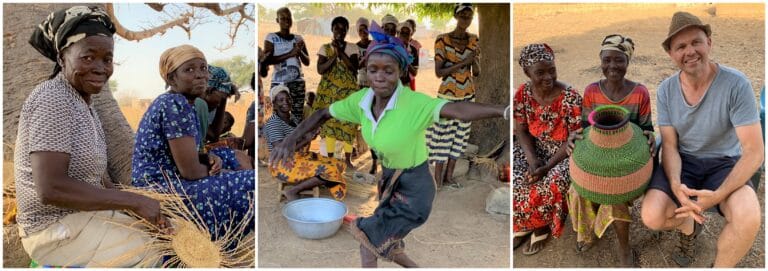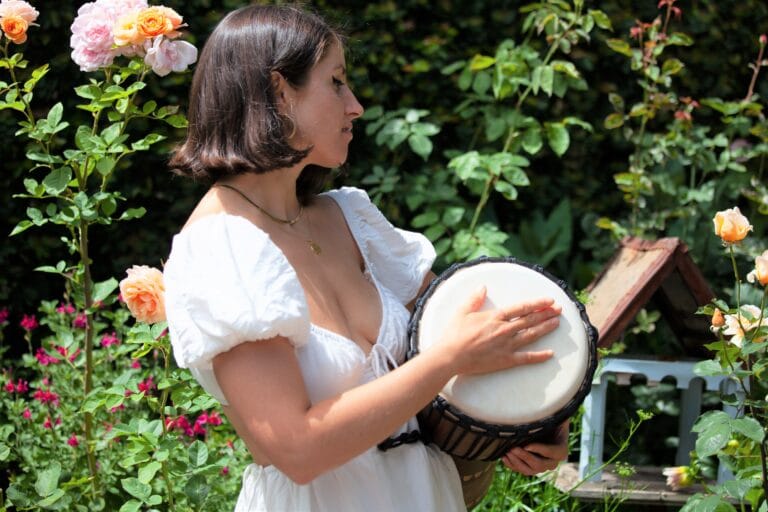Dogon Dancers; Connecting the Sun and Earth
Dogon masks have become known as the most acclaimed masks amongst tribal art collections and have also influenced renowned Western 20th-century artists such as Pablo Picasso and Georges Braque, as well as the Cubist movement. The masks are usually carved by those who will wear them in ritual performance. There are approximately seventy-eight standard types of masks used in the dances of the Awa society.
The towering sirige mask is carved from the limb of a single tree. The vertical straight line form of the elongated mask symbolises a straight line connecting the worlds of the sun and earth through the conduit of the dancer and his body. The sirige mask dancer skilfully balance the 20-foot high mask with their teeth, swinging the mask in sweeping motions to personify the arc of the sun.
Like all Dogon masks, the sirige symbolises the afterworld, a place where life and death meet. Dogon masks are used at ceremonies on the third day after a man’s death. On this day the the spirit of the deceased is believed to leave its mortal remains behind. The masks are considered totemic; with animal representation having special associations with deceased ancestors of the tribe.


